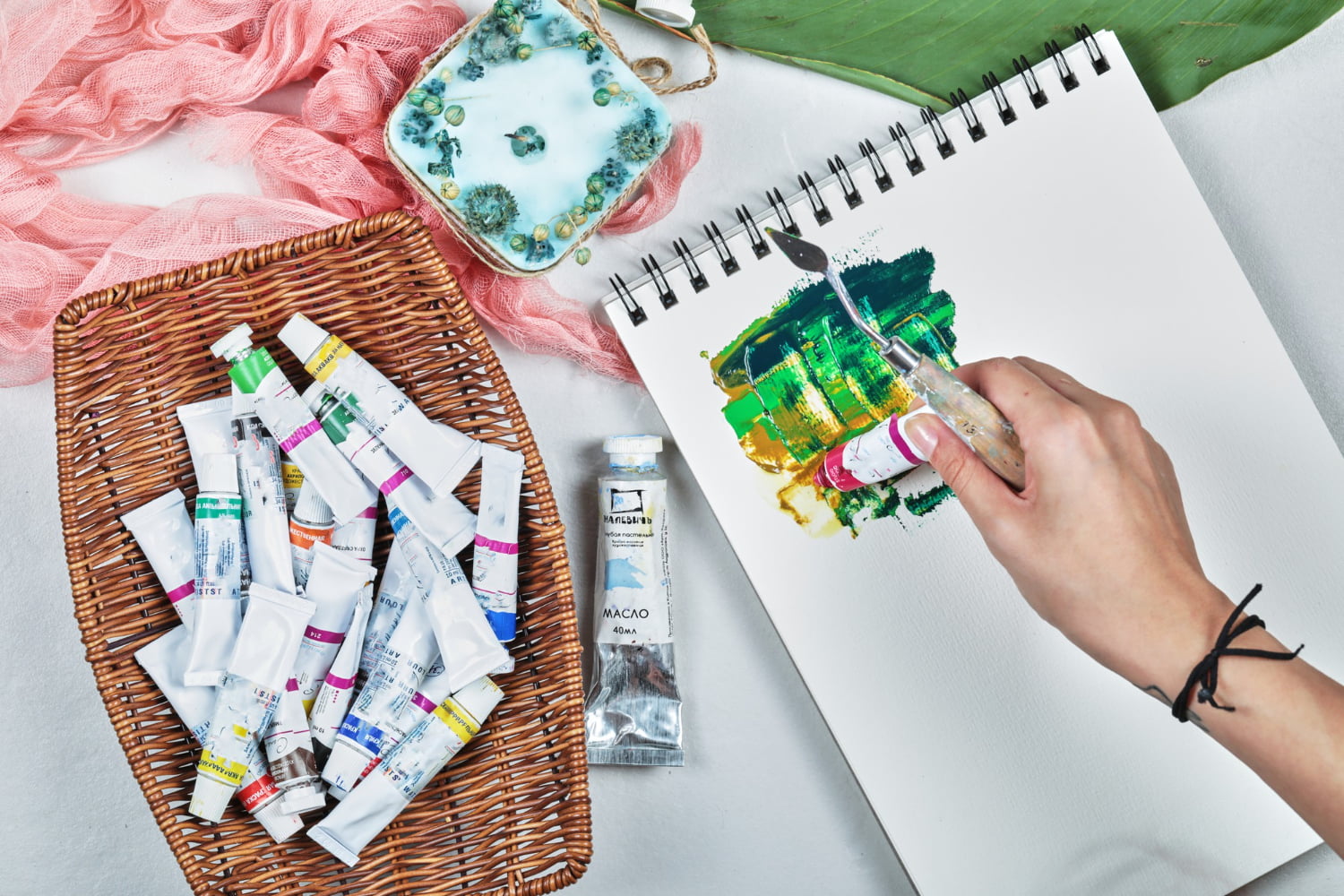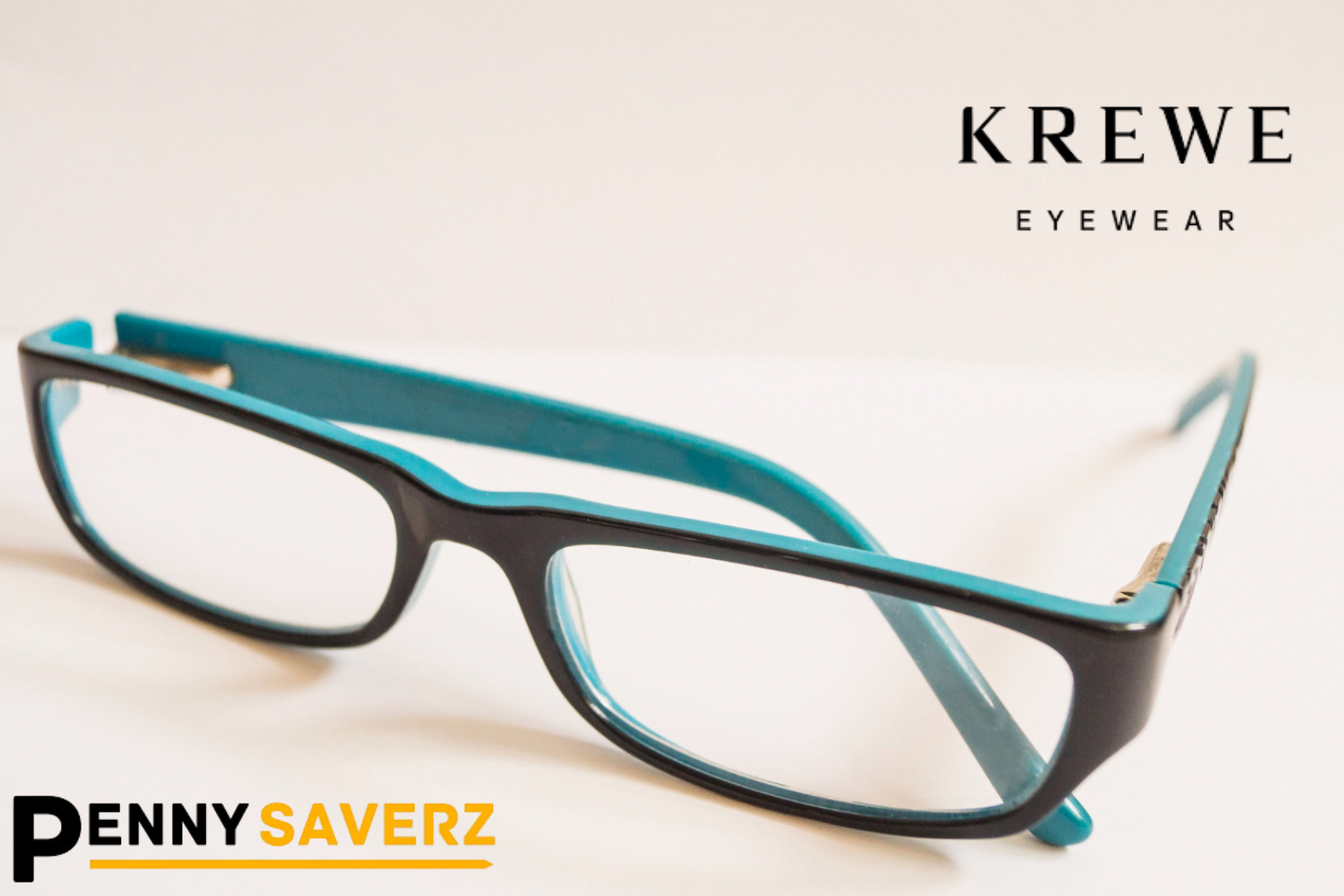How to get crayon out of clothes? Crayon stains on clothes can be a real headache, especially if you have creative little ones at home. But fear not! In this detailed guide, we’ll explore effective ways to tackle crayon stains and ensure your favorite garments remain pristine. So, let’s dive in.
Introduction
Getting crayon marks on your clothes can be a frustrating experience. Whether it’s your child’s artistic expression gone awry or an accidental slip during a creative session, these stains demand swift action. In this guide, we’ll not only discuss how to remove crayon stains but also explore preventive measures and alternative methods for stubborn marks.
Understanding Crayon Stains
To effectively combat crayon stains, it’s essential to understand the enemy. Crayons are typically composed of waxes and color pigments. The type of fabric the crayon comes into contact with determines the level of difficulty in stain removal.
Understanding the composition of crayons allows you to tailor your stain removal approach. Waxes can harden and adhere to fabric fibers, while pigments may leave behind color residues. Different fabrics react uniquely to these components, making it crucial to adopt specific techniques for successful stain removal.
Immediate Actions
How to get crayon out of clothes: The key to successful stain removal lies in quick action. As soon as you notice a crayon stain, take immediate steps to prevent it from setting into the fabric. Time is of the essence in preserving your clothing.
Acting promptly involves assessing the extent of the stain and determining the appropriate course of action. Begin by identifying the affected area and isolating the stained garment to avoid potential spreading. Quick reactions prevent the wax from solidifying and embedding deeper into the fabric, making the subsequent removal process more manageable.
Materials Needed
Before embarking on your stain removal journey, gather the necessary materials. These may include common household items like dish soap, a butter knife for scraping, and, of course, your washing machine.
Ensuring you have all the required materials in advance streamlines the stain removal process. It’s frustrating to discover a missing item mid-process. Additionally, check the care labels on the stained garment to confirm compatibility with the chosen stain removal agents.
Step-by-Step Stain Removal
Identifying the Fabric
How to get crayon out of clothes: Start by identifying the fabric of the stained garment. Different fabrics require specific treatment methods.
Understanding fabric types is crucial, as each reacts differently to stain removal techniques. Cotton and polyester may withstand more robust methods, while delicate fabrics like silk and wool demand gentler approaches. This step sets the foundation for a tailored and effective stain removal process.
Scraping Off Excess Crayon
Carefully scrape off any excess crayon using a butter knife or a plastic card. Be gentle to avoid damaging the fabric.
Scraping off excess crayons is the first physical step in stain removal. This prevents the spread of the stain during subsequent treatments. Exercise caution, especially with delicate fabrics, to avoid causing additional damage.
Pre-treating with Dish Soap
Apply a small amount of dish soap directly to the stain. Gently rub the fabric together to work the soap into the crayon mark.
Dish soap acts as a powerful degreaser, breaking down the waxy component of crayon stains. The rubbing motion helps the soap penetrate the fabric, ensuring thorough pre-treatment. Allow the soap to sit for a few minutes to maximize its effectiveness.
Hot Water Soak
Soak the stained clothing in hot water for at least 30 minutes. This helps loosen the crayon wax from the fabric fibers.
Hot water serves as an excellent solvent for crayon wax. The soaking period allows the water to penetrate the fabric, softening the wax and making it easier to remove during the washing phase. Adjust the water temperature based on the fabric care label’s recommendations.
Laundering the Clothes
How to get crayon out of clothes: Wash the garment in the washing machine using a regular laundry detergent. Check the stain before drying; if it persists, repeat the process.
The final step involves a thorough machine wash. Use a quality laundry detergent suitable for the fabric type. Inspect the stained area before drying; if the crayon mark remains, refrain from drying the garment, as heat can set the stain. Instead, repeat the stain removal process until the garment is completely clean.
Alternative Methods – How to Get Crayon Out of Clothes
In addition to the standard procedure, there are alternative methods for removing crayon stains. Baking soda and vinegar can be effective in breaking down crayon wax, while WD-40 is excellent for stubborn marks.
Special Considerations
Delicate fabrics require special care. Always check the fabric care label and, if in doubt, seek professional advice. This section provides insights into treating different fabrics and offers precautions for colored and patterned clothes.
Delicate fabrics such as silk and wool demand extra attention during the stain removal process. Understanding the intricacies of fabric care labels ensures you treat your garments appropriately, preventing accidental damage. Additionally, colored and patterned clothes may require special considerations to preserve their appearance during stain removal.
Preventing Future Incidents
They say prevention is better than cure, and this holds for crayon stains. Supervise children during creative activities, and opt for washable and non-toxic crayons to minimize the chances of accidents.
Preventing future incidents involves proactive measures. Choose washable crayons for children’s artistic endeavors to make stain removal easier. Supervision during creative activities reduces the likelihood of accidental stains, allowing for a worry-free creative experience.
Tips for Different Fabrics
Not all fabrics are created equal, and each requires specific care. Learn the best practices for cotton, linen, polyester, wool, and silk to ensure optimal results in stain removal.
Understanding the unique characteristics of different fabrics is essential for effective stain removal. Cotton and linen may tolerate more robust methods, while wool and silk demand gentle handling. Tailoring your approach to the fabric type ensures successful stain removal without compromising the garment’s integrity.
Common Mistakes to Avoid
While removing crayon stains, it’s crucial to avoid common mistakes. Using hot irons or hairdryers can set the stain further, and ignoring fabric care instructions may lead to irreversible damage.
Awareness of potential pitfalls prevents additional damage during the stain removal process. Avoiding the use of hot irons or hairdryers on stained garments is critical, as heat can set the crayon wax into the fabric fibers. Always adhere to fabric care instructions to preserve the garment’s quality.
Dealing with Set-In Stains
For older, set-in stains, specialized techniques come into play. This section guides readers on reviving even seemingly permanent marks and highlights when it’s time to seek professional help.
Set-in stains pose a greater challenge, requiring strategic approaches for successful removal. Patience and persistence are key when dealing with older stains. This section provides step-by-step instructions for tackling set-in crayon stains and emphasizes seeking professional assistance if home remedies prove insufficient.
DIY Crayon Removal Products
For the eco-conscious reader, this section introduces homemade stain removers using natural ingredients. Discover environmentally friendly alternatives to commercial products.
Creating DIY stain removers at home offers an eco-friendly alternative to commercial products. Ingredients like baking soda and vinegar, known for their stain-fighting properties, can be combined to formulate effective and natural stain removal solutions. This section provides recipes and instructions for crafting homemade alternatives.
The Psychological Impact
Clothing stains can take a toll on one’s mood. This part of the guide delves into the emotional aspect, offering tips on maintaining a positive mindset when accidents happen.
Acknowledging the emotional impact of clothing stains is crucial. This section explores the frustration and disappointment that often accompany such incidents. Readers are encouraged to adopt a positive mindset, viewing stains as temporary challenges rather than permanent setbacks. Practical tips for managing emotions are provided, fostering a healthier perspective on the stain removal process.
Success Stories
Sometimes, a success story can be the perfect motivator. Real-life anecdotes of successful crayon stain removal will inspire readers to tackle their challenges head-on.
Success stories shared by individuals who have successfully removed crayon stains offer encouragement and motivation. These anecdotes serve as real-world examples of the effectiveness of the methods outlined in this guide. Readers can draw inspiration from these stories, reinforcing the belief that successful stain removal is achievable with the right approach.
Conclusion
In conclusion, removing crayon stains from clothes may seem daunting, but with the right approach, it’s entirely manageable. Act swiftly, follow the steps outlined in this guide and watch those stains disappear. Your favorite clothes deserve a second chance.
Frequently Asked Questions
Q: Can I use any dish soap for pre-treating crayon stains?
A: While most dish soaps work, it’s best to choose a mild, colorless one to avoid any additional staining.
Q: Are homemade stain removers as effective as commercial products?
A: In many cases, yes! Natural ingredients can be powerful stain fighters without the chemicals found in some commercial options.
Q: How do I prevent crayon stains during creative activities with my kids?
A: Ensure your kids use washable and non-toxic crayons, and supervise them to minimize accidental stains.
Q: Can I use hot water for all fabrics during the stain removal process?
A: While hot water is generally effective, check fabric care labels, especially for delicate fabrics like silk.
Q: What should I do if the crayon stain persists after following the steps?
A: Repeat the stain removal process, and if the stain persists, consider seeking professional assistance.
Inspect Diverse Compositions: My Fashion is High I Live in the Sky



